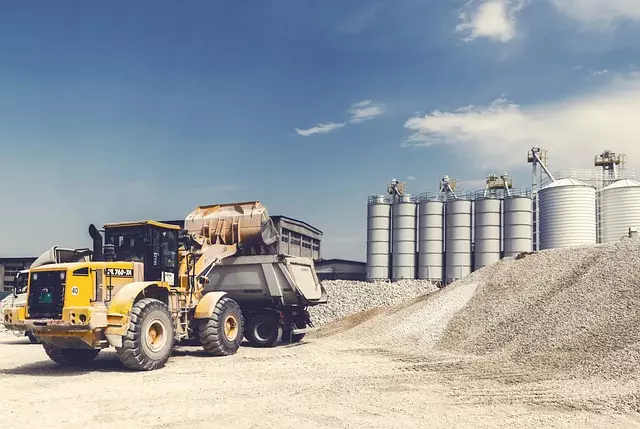Industrial Hygiene is a scientific approach to protect workers' health by identifying, evaluating, and managing workplace hazards. The process begins with hazard recognition and assessment, where experts inspect tasks, materials, and equipment to pinpoint risks. Exposure monitoring techniques then gauge worker exposure, allowing data-driven decisions for risk control. This leads to implementing measures that minimize risks and promote healthier workplaces, in line with ILO standards, fostering a collaborative safety culture.
“Explore the comprehensive world of ILÖ conventions and recommendations, designed to uphold worker protection through industrial hygiene. This article delves into three key pillars: Understanding Industrial Hygiene, Hazard Recognition and Assessment, and Exposure Monitoring. By examining these aspects, we uncover strategies for identifying, evaluating, and mitigating risks, ensuring optimal worker health in diverse work environments.”
- Understanding Industrial Hygiene: The Foundation of Worker Protection
- Hazard Recognition and Assessment: Unveiling Potential Dangers in the Workplace
- Exposure Monitoring: Measuring and Managing Risks for Optimal Worker Health
Understanding Industrial Hygiene: The Foundation of Worker Protection
Industrial Hygiene is a scientific discipline focused on recognizing, assessing, and controlling hazards in the workplace to ensure worker safety and health. It forms the foundation for protecting workers from various risks, including physical, chemical, biological, and ergonomic factors. By understanding industrial hygiene, organizations can create safer working environments and mitigate potential health issues among their employees.
The process begins with hazard recognition and assessment, where experts identify potential dangers within a specific industry or workplace. This involves evaluating tasks, materials, and equipment to determine the scope of hazards present. Once identified, these hazards are monitored for exposure levels using various techniques, including exposure monitoring. This data-driven approach allows employers to make informed decisions about controlling and minimizing worker exposure, ultimately leading to improved occupational health outcomes.
Hazard Recognition and Assessment: Unveiling Potential Dangers in the Workplace
Hazard Recognition and Assessment plays a pivotal role in ensuring workplace safety, acting as a cornerstone of industrial hygiene practices. It involves meticulous identification and evaluation of potential risks and dangers present in various work environments. By adopting systematic approaches, organizations can unveil hidden hazards that may go unnoticed otherwise. This process encompasses several key steps: identifying hazards through comprehensive inspections, understanding the nature and severity of each hazard, and assessing the likelihood of exposure and its potential impact on worker health.
Effective hazard recognition requires a multidisciplinary approach, involving not just safety professionals but also employees from different departments. Regular monitoring of workplace conditions and exposure to harmful substances is crucial. Exposure monitoring techniques, such as air quality testing and biological surveillance, enable quantifying employee exposure levels and facilitating informed decision-making. This data-driven process helps in implementing appropriate control measures, thereby minimizing risks and promoting a healthier work environment through robust industrial hygiene practices.
Exposure Monitoring: Measuring and Managing Risks for Optimal Worker Health
Exposure Monitoring plays a pivotal role in ensuring optimal worker health within the context of industrial hygiene. It involves the systematic measurement and management of risks associated with various workplace hazards. By implementing robust exposure monitoring practices, organizations can identify and quantify potential dangers present in their work environments, enabling them to take proactive measures for hazard control. This process includes conducting thorough hazard recognition and assessment, where every aspect of the workplace is scrutinized to identify substances or conditions that may pose risks to workers’ health.
Once hazards are recognized and assessed, exposure monitoring steps in to quantify the levels of these hazards. This involves using specialized tools and techniques to measure worker exposure over time. Data gathered from such monitoring serves as a critical feedback loop, allowing for informed decisions on implementing control strategies. Effective exposure monitoring not only helps maintain compliance with relevant ILo conventions and recommendations but also fosters a culture of safety by empowering workers and employers alike to collaborate in managing workplace risks effectively.


